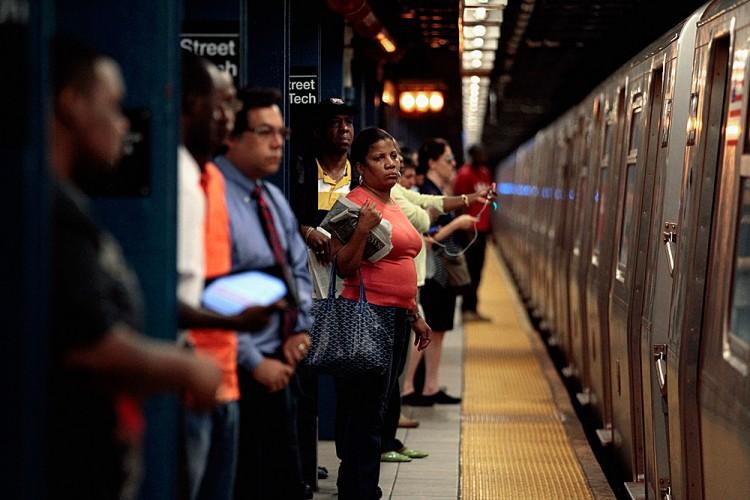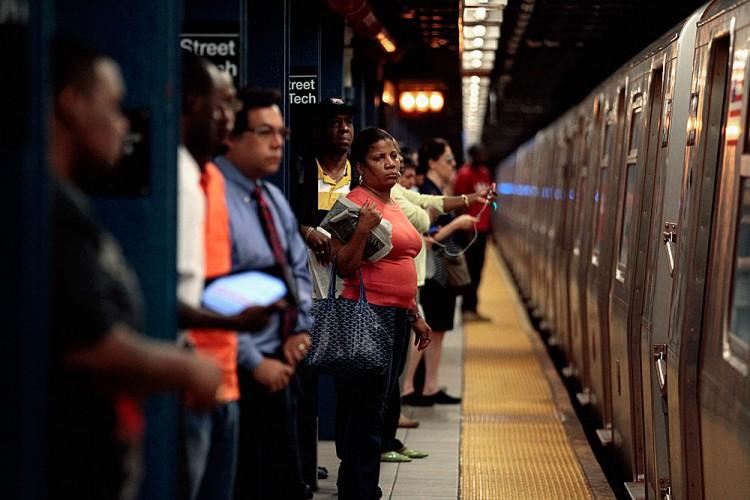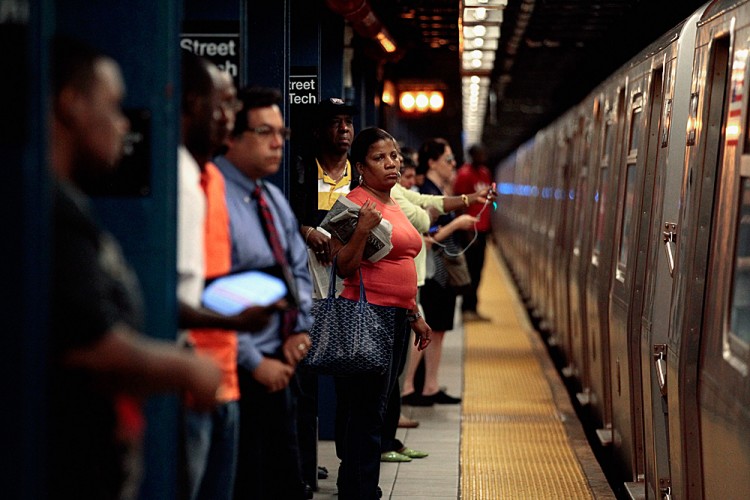NEW YORK—New York has the largest gap between city and suburban workers’ transportation access to jobs, according to a nationwide study of 100 of the largest metropolitan areas.
The Brookings Institution study, released in July, analyzed 371 transit providers across the United States. The findings showed that many single metro areas have a wide gap between the city and suburban jobs’ access to the labor pool, but New York has the largest gap.
New York has 24 commuter rail lines and an extensive system of bus routes, the report said. City-based jobs, in the five boroughs and Newark, are accessible to around 60 percent of the area’s working-age residents—they can get to those jobs within a 90-minute travel time.
Suburban New York jobs, according to the study, however, are accessible to fewer than 15 percent of the region’s workers, within a 90-minute travel time.
“Problems with the daily commute don’t just affect workers—they affect employers’ bottom lines too,” the report stated.
Employers may have to compensate for workers struggling with difficult or congested transportation by offering larger paychecks, the report said.
The Epoch Times publishes in 35 countries and in 19 languages. Subscribe to our e-newsletter.






